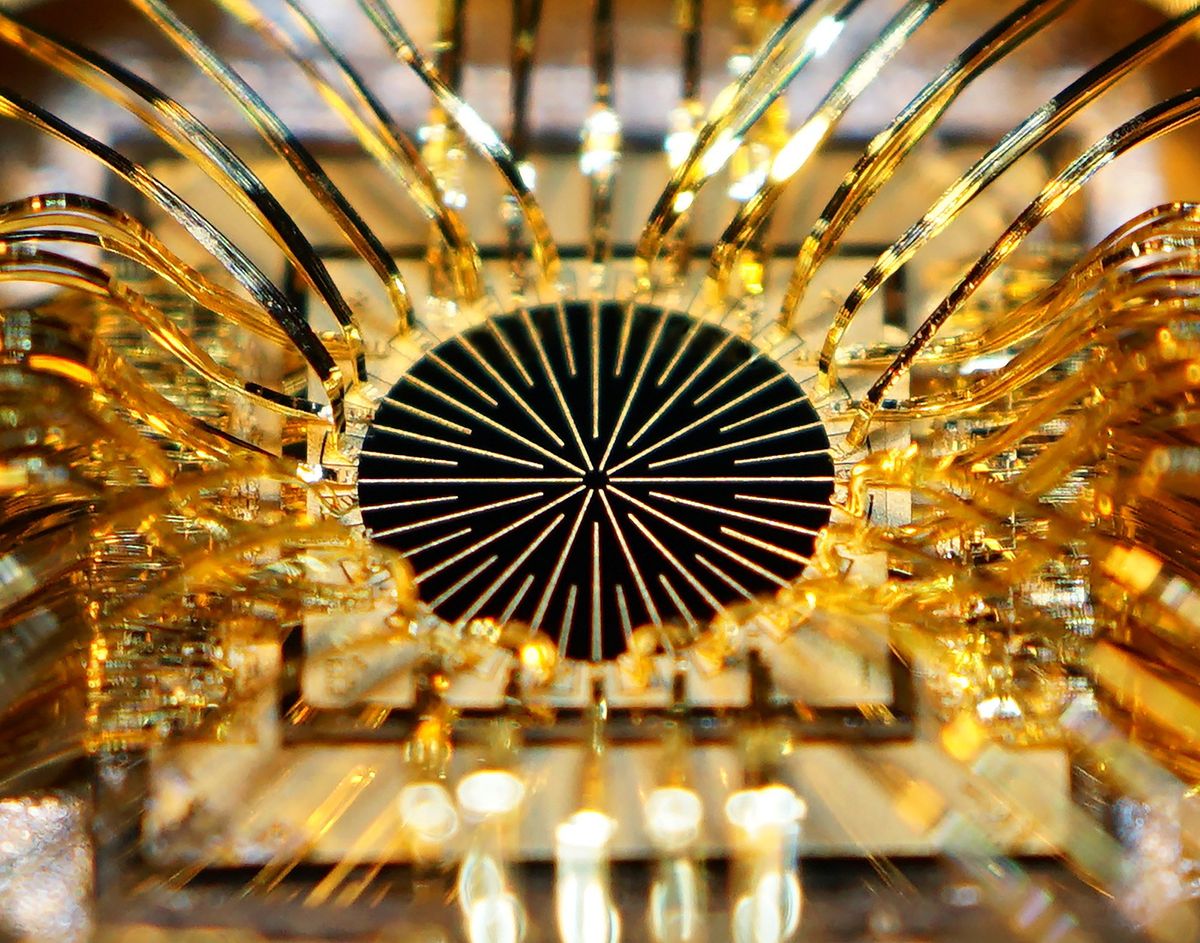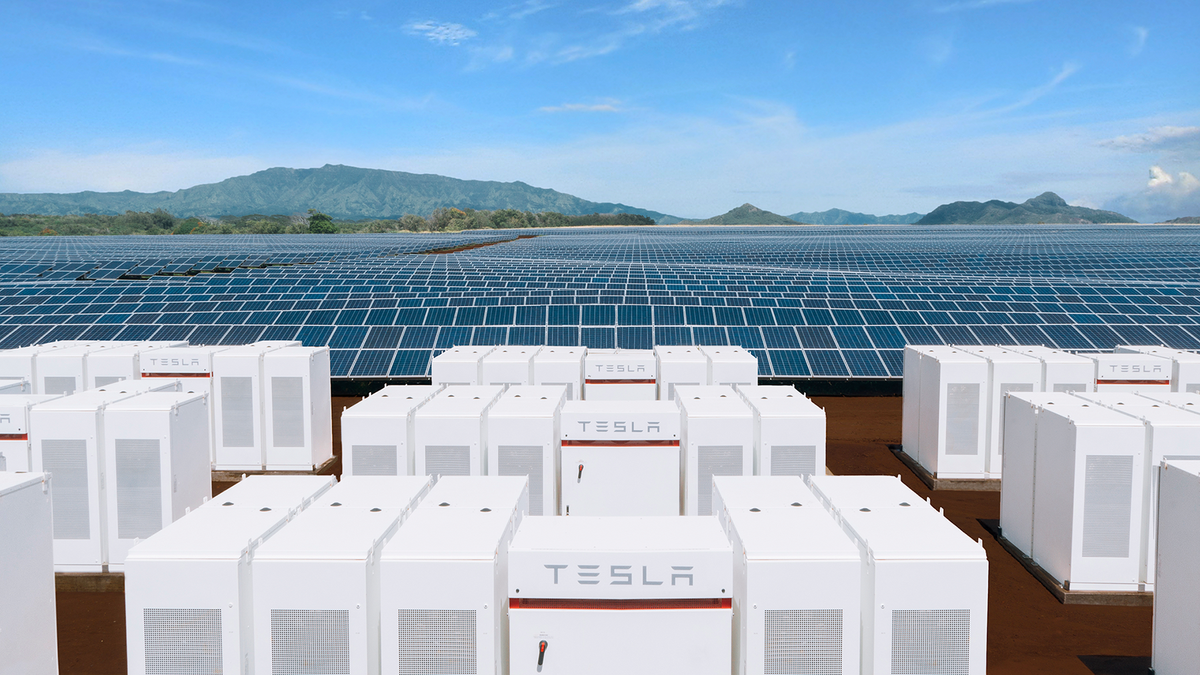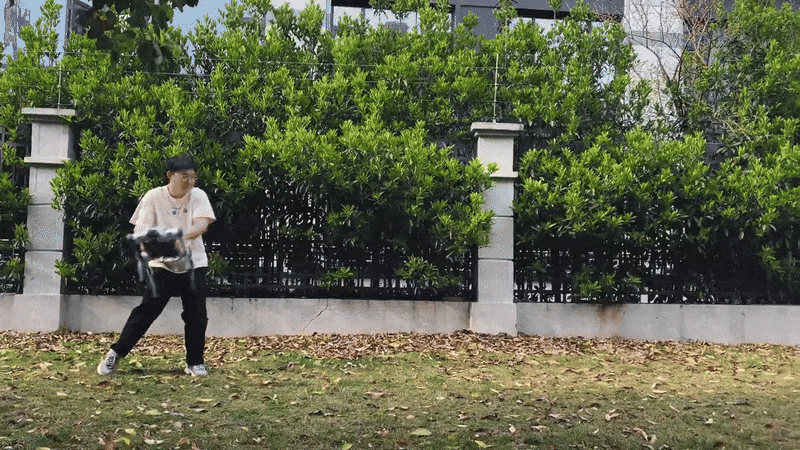Christine Peterson at the Foresight Institute who appears to be blogging again for Nanodot, picked up on a recent article in The Atlantic in which Nouriel Roubini, who became more widely known at the onset of the economic crisis for his prescient predictions of its arrival, seems to be indicating that nanotechnology may be the way we avoid our bubble-and-bust economics.
“The question is, can the U.S. grow in a non-bubble way?” [Roubini] asked the question rhetorically, so I turned it back on him. Can it?
“I think we have to …” He paused. “You know, the potential for our future growth is going to be lower, because of the excesses we’ve had. Sustainable growth may mean investing slowly in infrastructures for the future, and rebuilding our human capital. Renewable resources. Maybe nanotechnology? We don’t know what it’s going to be. There are parts of the economy we can expect to lead to a more sustainable and less bubble-like growth. But it’s going to be a challenge to find a new growth model. It’s not going to be simple.” I took this not as pessimism but as realism.
I would like to take encouragement from this quote as Christine Peterson has, but unfortunately it makes me somewhat uneasy. If the typical behavior of humans is any guide, this will just feed some more nanotechnology hype with the end result being that we won't face "the challenge" in nanotech or in finding a new growth model, as Roubini urges.
Dexter Johnson is a contributing editor at IEEE Spectrum, with a focus on nanotechnology.


